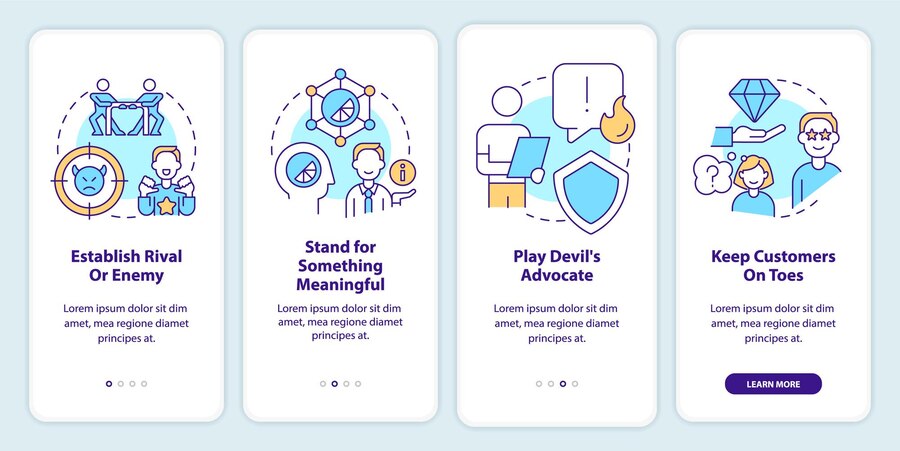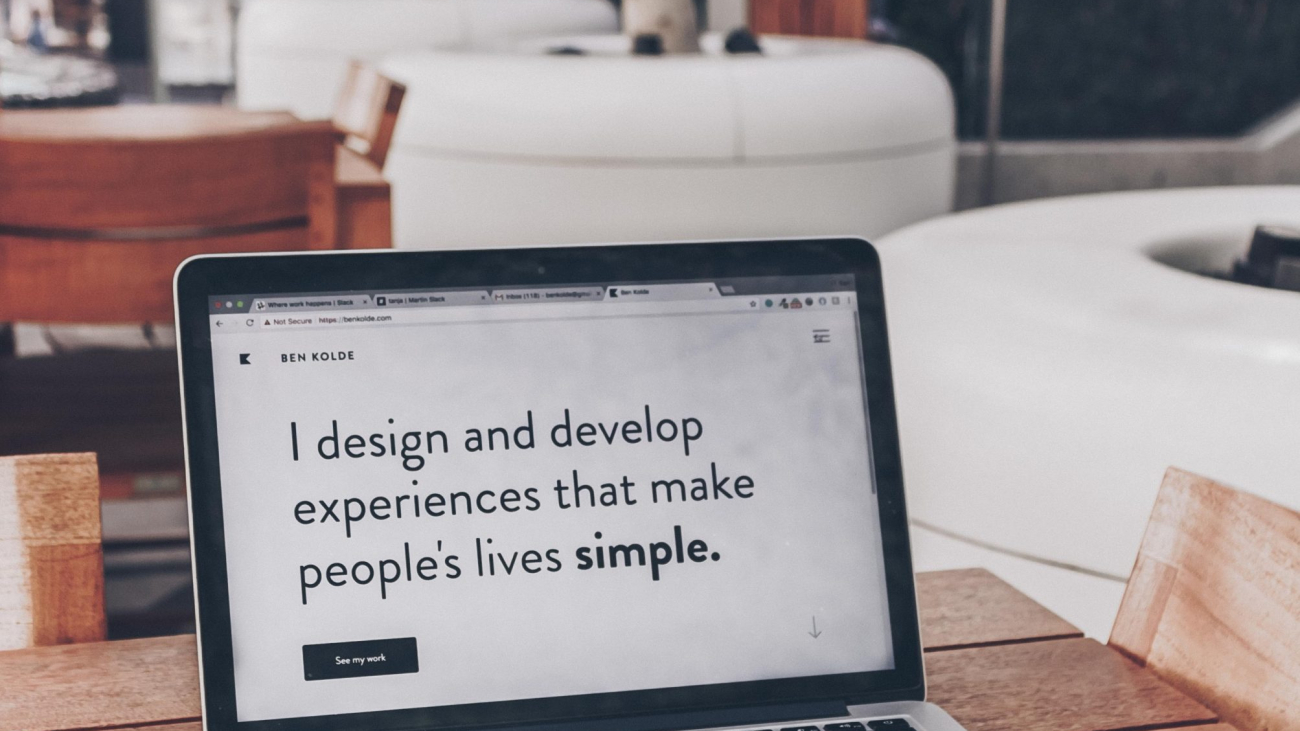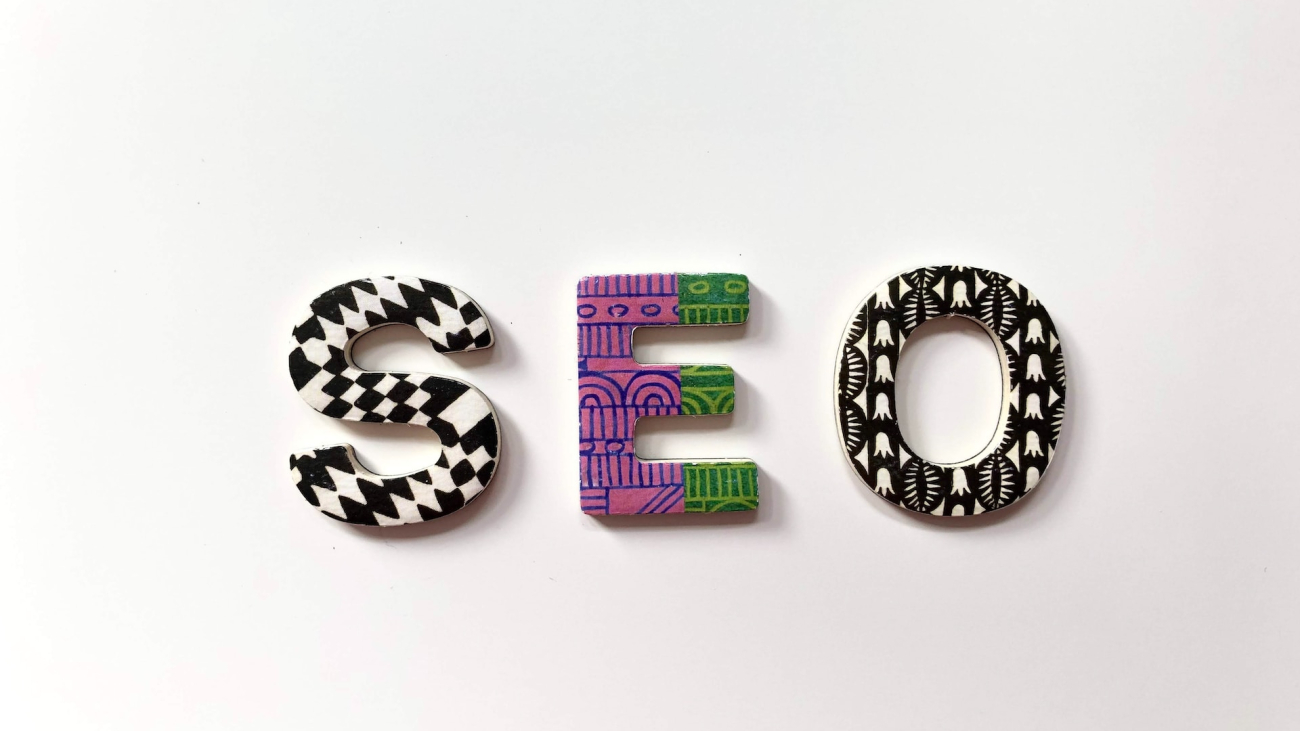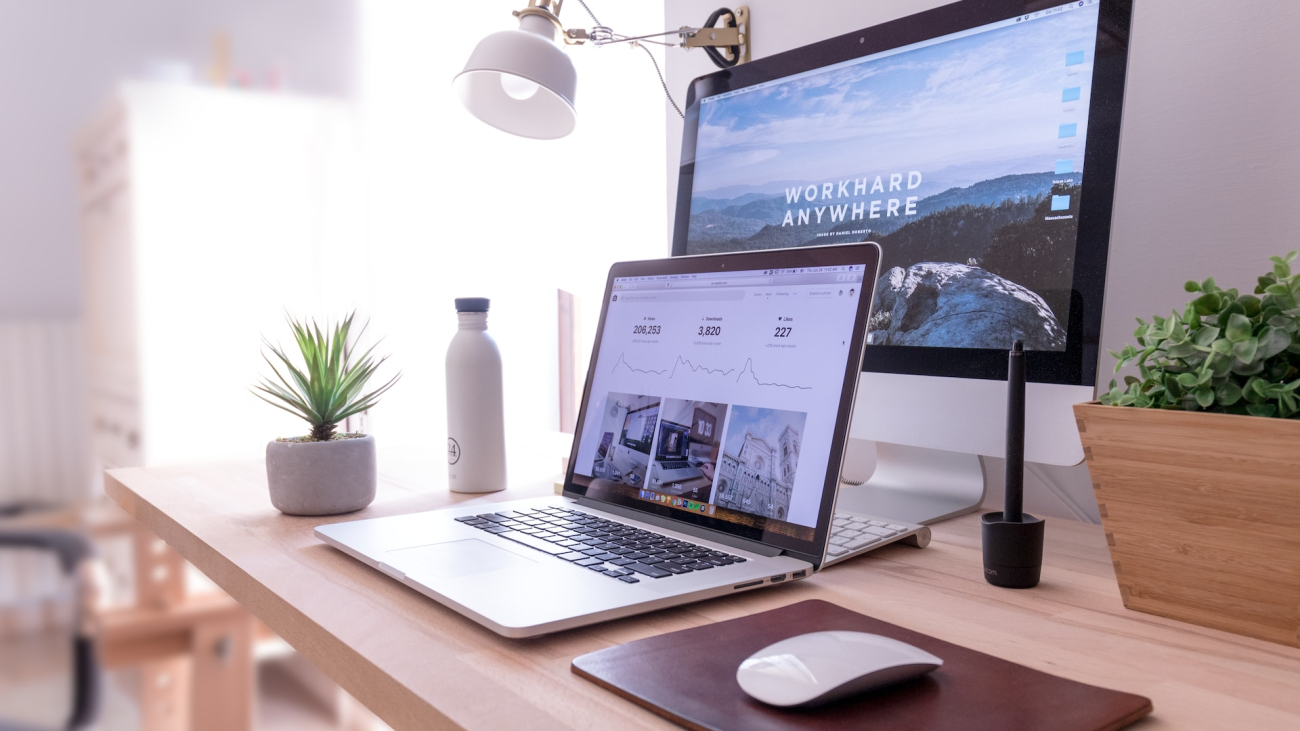The Role of Aesthetics in User Experience
Aesthetics play a significant role in user experience because it helps to create an emotional connection with users. The way a product or service looks and feels can greatly impact how users perceive and interact with it.
A well-designed user interface is visually appealing and easy to use can make the user experience more enjoyable and efficient. A visual designer ensures that the UI design avoids a frustrating and confusing user experience.
An experienced UX/UI designer enhances a user experience by making a product or service easy to understand and use. When an interface is designed with consistency, simplicity, and visual hierarchy, it can help users quickly find the information or tools they need, and guide them through the various tasks they need to accomplish.
Another important aspect of aesthetics in user experience is the emotional response of users. For example, colors, typography, imagery, and other design elements can evoke certain emotions such as happiness, trust, or sophistication. This emotional response is important for a good web design.
Aesthetics also play a role in the brand identity of the product. A consistent design language, a unique visual style, color and typography choice can help make a product more recognizable, memorable, and establish a certain image and tone aligned with the brand. Aesthetics should not overlook usability.
An aesthetic UI design is not enough, functionality, efficiency are equally important. In user experience design, the balance between aesthetics and usability should be sought. A great design should both look good and work well.
The Impact of Visually Appealing Interfaces
Visually appealing interfaces can have a significant impact on the user experience. A good UI can make a product or service more enjoyable to use. It can increase engagement and make users more likely to return. Good visual design can also help guide users through a process and make it easier for them to find the information they need.
In terms of the business, a visually appealing interface can have an impact on customer trust and loyalty. For example, a visually pleasing website or app can create a sense of professionalism and credibility, which can make it more likely for customers to make a purchase or sign up for a service.
Additionally, visually appealing interfaces also help in attracting new customers, as a well-designed interface can make a product or service more attractive to potential users. Aesthetic design also help create a sense of brand recognition and brand loyalty, it could also help to differentiate the company from its competition, making it more memorable to users.
However, it’s important to note that visual design is just one aspect of creating a good user experience. A visually appealing interface is only effective if it is also functional and easy to use. The interface should be intuitive and easy to navigate, and it should provide users with the information and functionality they need in a clear and concise manner.
Additionally, when it comes to user interface design, it’s important to consider the audience. The design should be tailored to the specific needs of the users, and it should take into account any cultural or linguistic differences. It is also necessary to consider accessibility requirements and make sure the interface is usable by people with disabilities.
Introduction

( Example of visually appealing interface )
A visual designer focuses on creating improved user engagement and satisfaction. They include design elements, to design websites as per the users needs. Visual communication will help to establish trust and credibility, leading to increased conversions and sales.
Additionally, a web design interface can improve the overall functionality and usability of a product, making it easier for users to navigate and understand. Overall, visually appealing interfaces can have a significant impact on the success of a product or service, and it is essential to prioritize design in the development process.
The Role of Aesthetics in User Experience
Aesthetics play a significant role in user experience because it helps to create an emotional connection with users. The way a product or service looks and feels can greatly impact how users perceive and interact with it.
A well-designed user interface is visually appealing and easy to use can make the user experience more enjoyable and efficient. A visual designer ensures that the UI design avoids a frustrating and confusing user experience.
An experienced UX/UI designer enhances a user experience by making a product or service easy to understand and use. When an interface is designed with consistency, simplicity, and visual hierarchy, it can help users quickly find the information or tools they need, and guide them through the various tasks they need to accomplish.
Another important aspect of aesthetics in user experience is the emotional response of users. For example, colors, typography, imagery, and other design elements can evoke certain emotions such as happiness, trust, or sophistication. This emotional response is important for a good web design.
Aesthetics also play a role in the brand identity of the product. A consistent design language, a unique visual style, color and typography choice can help make a product more recognizable, memorable, and establish a certain image and tone aligned with the brand. Aesthetics should not overlook usability.
An aesthetic UI design is not enough, functionality, efficiency are equally important. In user experience design, the balance between aesthetics and usability should be sought. A great design should both look good and work well.
The Impact of Visually Appealing Interfaces
Visually appealing interfaces can have a significant impact on the user experience. A good UI can make a product or service more enjoyable to use. It can increase engagement and make users more likely to return. Good visual design can also help guide users through a process and make it easier for them to find the information they need.
In terms of the business, a visually appealing interface can have an impact on customer trust and loyalty. For example, a visually pleasing website or app can create a sense of professionalism and credibility, which can make it more likely for customers to make a purchase or sign up for a service.
Additionally, visually appealing interfaces also help in attracting new customers, as a well-designed interface can make a product or service more attractive to potential users. Aesthetic design also help create a sense of brand recognition and brand loyalty, it could also help to differentiate the company from its competition, making it more memorable to users.
However, it’s important to note that visual design is just one aspect of creating a good user experience. A visually appealing interface is only effective if it is also functional and easy to use. The interface should be intuitive and easy to navigate, and it should provide users with the information and functionality they need in a clear and concise manner.
Additionally, when it comes to user interface design, it’s important to consider the audience. The design should be tailored to the specific needs of the users, and it should take into account any cultural or linguistic differences. It is also necessary to consider accessibility requirements and make sure the interface is usable by people with disabilities.
Increased User Engagement
User engagement is a critical aspect of user interface design. It refers to the degree to which users are actively involved with a product or service and the extent to which they find it useful and fulfilling. To increase user engagement, designers can use a variety of techniques such as gamification, personalization, and social integration. They can also focus on creating intuitive and easy-to-use interfaces that are visually appealing and provide clear feedback.



